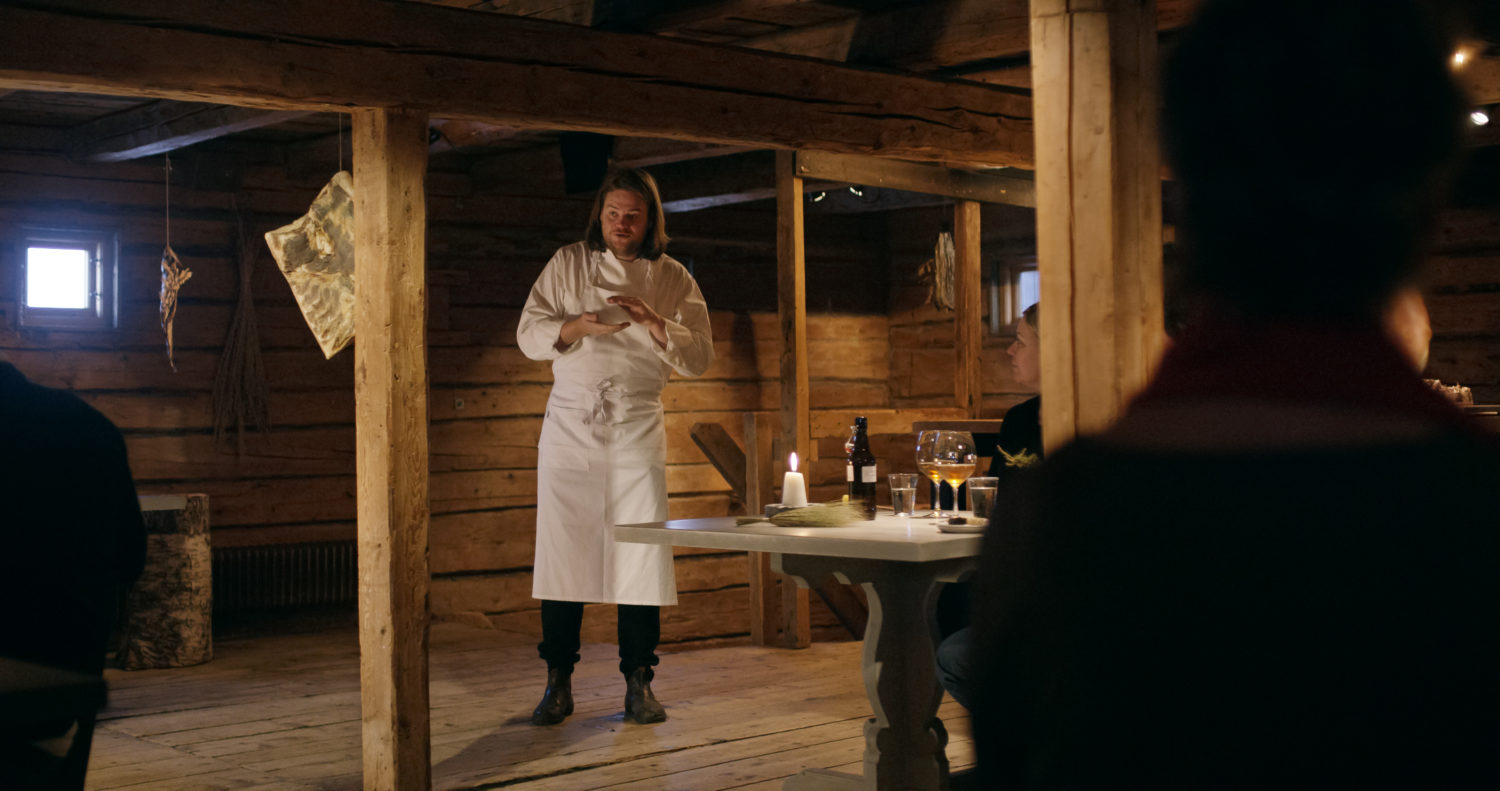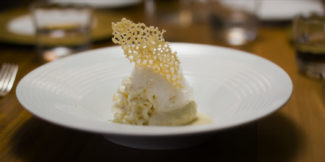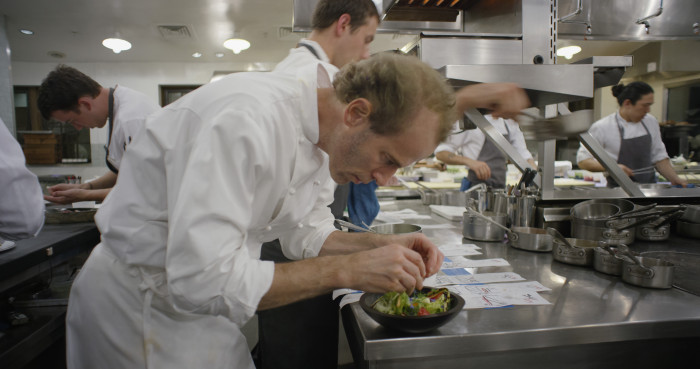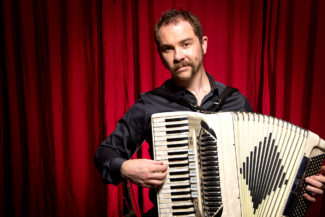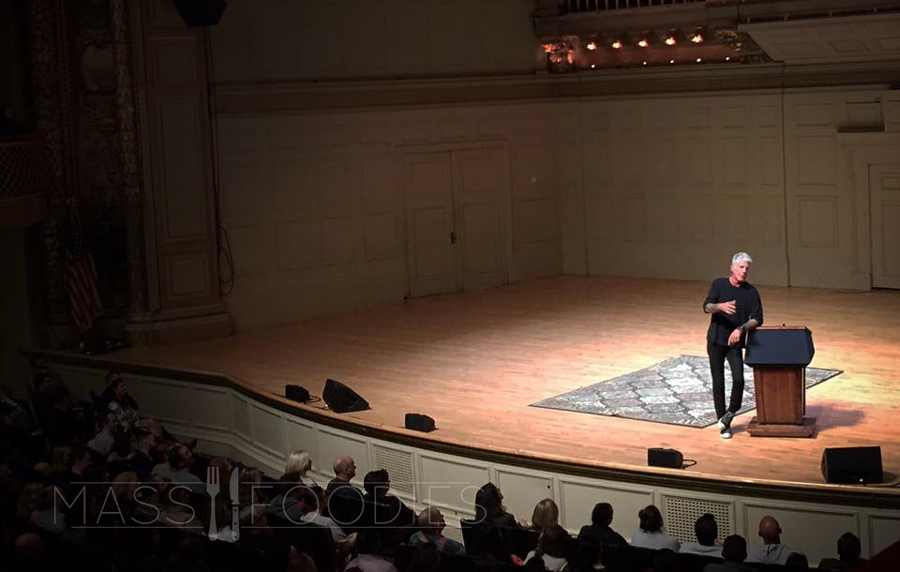
In future years, historians will look back on our era and label us as the Era of Food Porn. The overdramatized obsession our society craves is new to the food industry, one that is more synonymous with the Internet and social media culture than it is to the actual food. Our drooling reaction to photos of foods posted on Instagram and our epic failure to mimic the cooking styles of those on Master Chef are only but a few things that keep our interests piqued and Anthony Bourdain has made a career of it.
“There is no secret to food success. I’ve essentially made a career out fetishizing food by making it attractive,” says chef, writer and television personality, Anthony Bourdain during his Hunger Tour in Boston. “It’s crazy to hear people tell me, ‘watching you eat that cheese in France made me have a foodgasm.’ Like what the hell is a foodgasm?” With over nine million people using the hashtag foodgasm on social media to connect with other food enthusiasts – Mass Foodies guiltily included – it is clear to see that our aggressive acts of photographing every meal is part of today’s normal social acceptance.
Bourdain graced the sold out stage at Symphony Hall with his frank, opinionated yet charming personality, giving the crowd every reason to go wild and cheer him on as he broke down the food trends taking over the local food scenes. “You can’t even open a restaurant now without having some asshole Yelping ‘Worst Place Ever’ within the first ten minutes of the opening. If you are a Yelper, meet me after the show so I can punch you in the face,” he jokes. Bourdain hits the topics of gluten-free eating, craft beer, the term “homemade” and vegan burgers, ensuring everyone fully understood how our obsessive personalities have created little monsters in the kitchen. “Craft beer? I hate going out and seeing people sitting with a flight of beer in front of them. You shouldn’t analyze beer. It is God’s gift to us,” he says. “And don’t get me started on Vegan Burgers! They are appropriately called seitan burgers because how could you cook veggies to make them taste like beef and then call it a burger?” says Bourdain. “You are simply eating death!”
“At this point in my life, I don’t want to be a critic any longer. I don’t want to analyze my food. I just want to eat and say, ‘that’s good.’ I don’t want to think about my food or what’s in it. I want to enjoy it and experience it emotionally. I want to enjoy it like kids enjoy a bowl of mom’s soup after getting the shit kicked out of them at school,” laughs Bourdain. “I want to lose myself in my food.” For a chef who has dined in some of the finest places around the world, Bourdain is simply a man of few high expectations. “I just want to grab a meal with a beer and not think about anything,” he says and we don’t blame him. While social media has turned out dining experience into a global phenomenon, we have lost the true aspect of food – the intimate connection it creates with those around us. But like Bourdain says, “I am doomed with this job because I can’t leave it. It is what I love, no matter what.” Neither can we, Bourdain.

